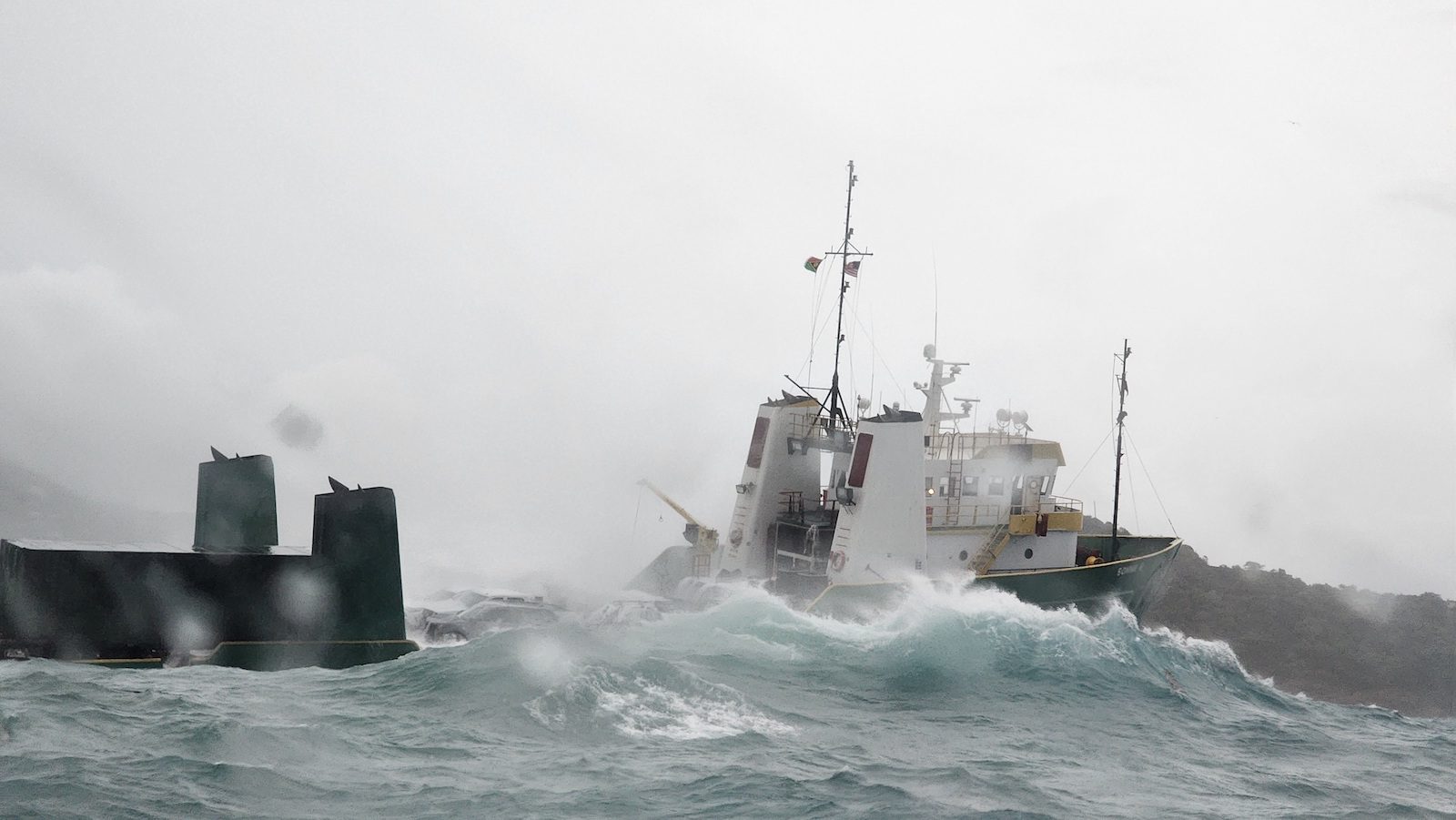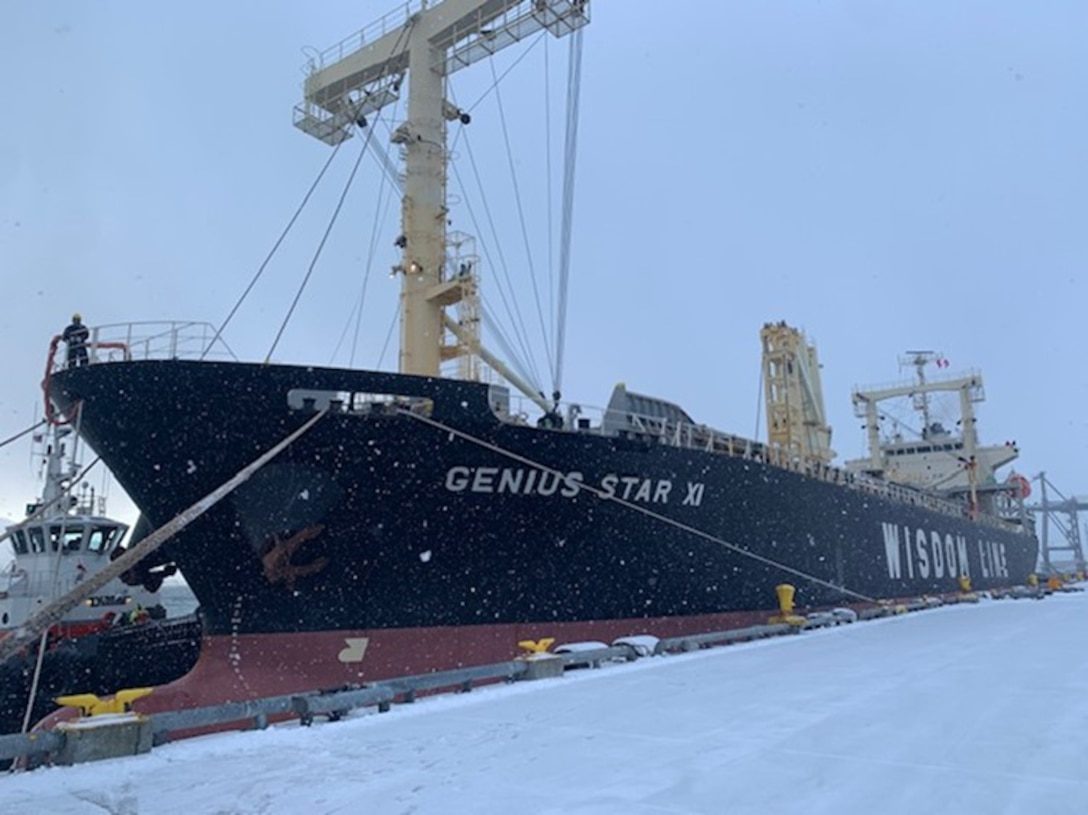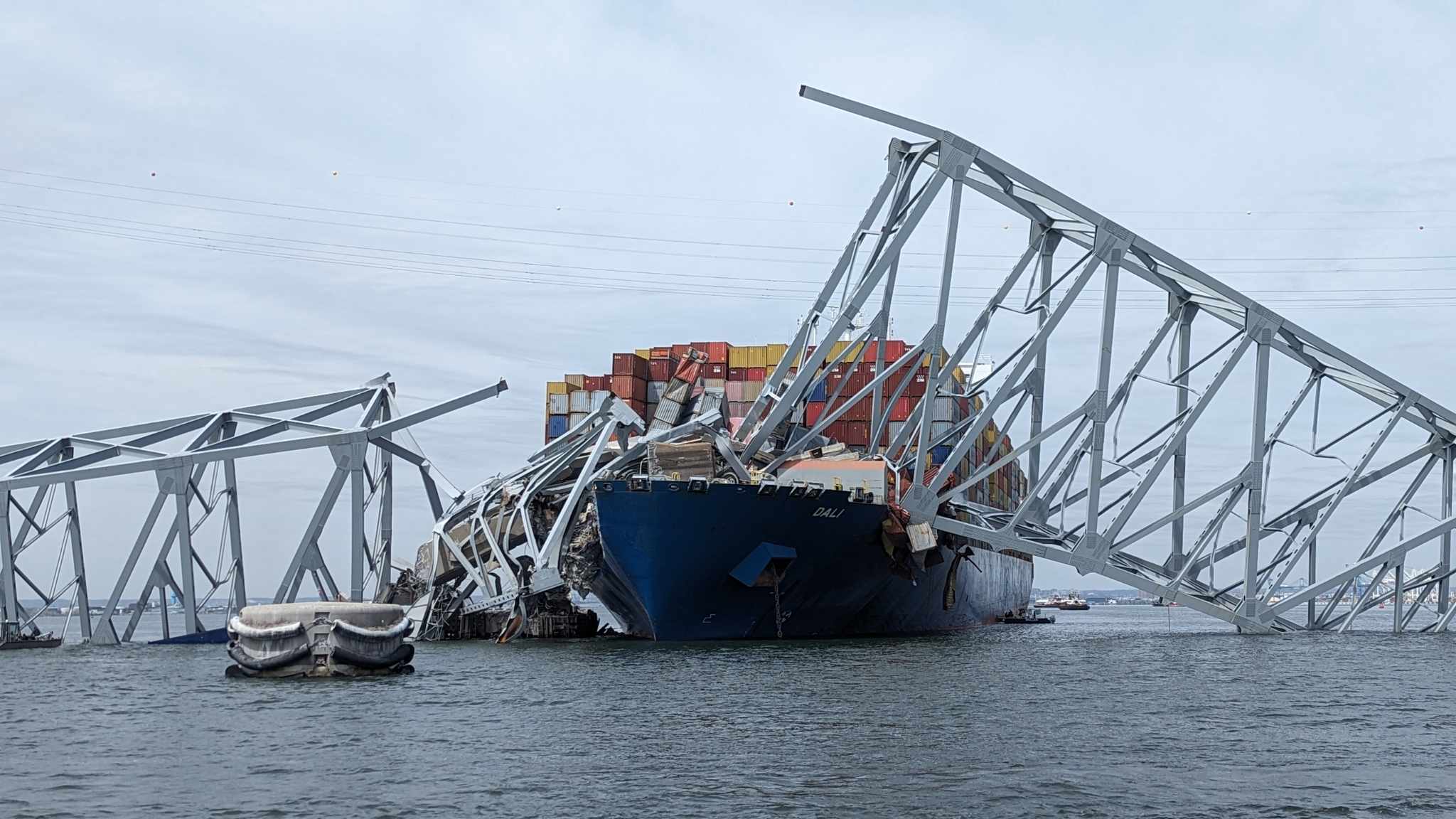The National Transportation Safety Board (NTSB) has determined that inadequate anchor chain scope and navigational errors led to the grounding and total loss of the cargo vessel Bonnie G in St. Thomas, U.S. Virgin Islands.
The incident occurred on October 4, 2023, when the vessel was anchored approximately one mile south of St. Thomas. After the anchor chain parted, the vessel drifted and subsequently grounded, forcing the evacuation of all 12 crew members. The U.S. Coast Guard successfully rescued all personnel, with no injuries or pollution reported.
The vessel, valued at $1.5 million, was declared a total constructive loss.
Investigation revealed that the captain had initially reviewed weather forecasts predicting winds between 10-15 knots with gusts up to 25 knots. However, upon arrival at Crown Bay, the vessel encountered worse conditions than expected. Additionally, a loaded barge that had broken free from its moorings blocked the intended docking location, forcing the decision to anchor.
The NTSB’s investigation uncovered a critical error in the anchoring operation. The captain deployed only 135 feet of anchor chain based on an incorrect water depth assessment of 23-26 feet, when the actual depth was 68 feet. Investigators determined that the vessel should have deployed 2.5-3.5 times more chain for secure anchoring.
“When anchoring a vessel, a length of anchor chain that is five to seven times the water depth should be used; even more anchor chain should be used in adverse weather,” the NTSB report emphasized.
The situation worsened when the captain, after the anchor chain parted, failed to consult onboard navigational charts and inadvertently steered the vessel onto a nearby rock. This error resulted in a hull breach forward of the engine room. Compounding the damage, the forward watertight door in the engine room was left open when the crew abandoned ship, leading to progressive flooding that could have been prevented.
The NTSB concluded that the grounding resulted from both the inadequate scope of chain deployed when anchoring and the captain’s failure to identify and avoid a charted rock while attempting to reach safe water.
“When anchoring, mariners should review navigational charts and other sources of local information, such as the US Coast Pilot, to become familiar with nearby hazards,” the NTSB stated. This guidance is particularly crucial during adverse weather conditions when vessels face increased risks of drifting and may need to move quickly.

 Join The Club
Join The Club











